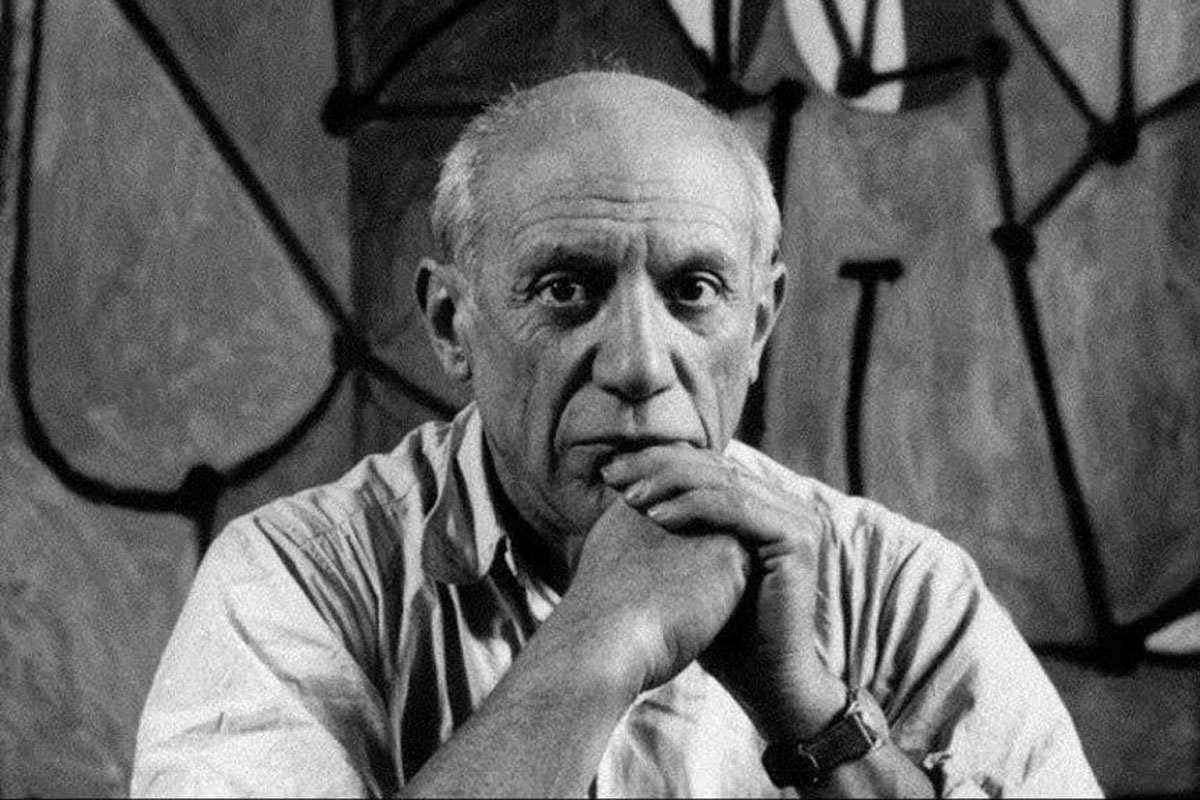This series of articles seeks to examine the character attributes of highly successful leaders, regardless of their adherence to a strong faith or moral standard. In presenting these thoughts, Leadership Ministries is not agreeing with or advocating these traits or practices, but rather presents these as ideas for discussion and development in your own leadership journey.
Alan Roger Mulally (1945 - ) is an American aerospace engineer and former President and CEO of the Ford Motor Company. He also served as Executive Vice President of Boeing and CEO of Boeing Commercial Airplanes. Mulally was No. 3 on Fortune’s list of the World’s Greatest Leaders, and also recognized as one of Barron’s World’s Best CEOs. At Ford, he channeled his innate optimism to lead a turnaround that is one of the greatest in corporate history.[1]
Mulally was born in California, but grew up in Lawrence, Kansas, his mother’s hometown. He was inspired by John F. Kennedy’s challenge to send a man to the moon, and from that became interested in engineering. Regarding his early years, Mulally comments, “Growing up, we had very modest means, very little few resources, but we had two parents that just absolutely loved us and taught us that if we learn to work together with people, we can make a big difference to the greater good.”
Build on good engineering. Mulally was hired by Boeing immediately upon his graduation from the University of Kansas in 1969 As an engineer he made contributions to the Boeing 727, 737, 747, 757, 767 and 777 aircraft. He led the cockpit design team on the 757/767, which featured a revolutionary all-digital flight deck. He commented, “The reason I loved working at Boeing was because I loved the idea of air travel as a way of bringing people and cultures together—because when we come together as people and cultures, we realize that we are not that different after all, and when we realize that we are not that different after all, the world becomes a better place.”
Mulally was project manager for the Boeing 777 program. Photo: Boeing
Mulally eventually became program manager for the 777 aircraft, a machine with more than 3 million parts and a global supply and assembly chain—one of the most complex products ever built. When corporate changes came to Boeing in the early 2000s, Mulally was passed over for the senior leadership role. Many felt he would leave the company, which he did. In 2012, Mulally was awarded the honorary degree of Doctor of Science by the University of Kansas for his notable contributions to engineering and the transportation industry.
Take the tough assignment. Mulally was selected to become the new President and CEO of Ford Motor Company in 2006, and tasked with turning around the company. That year, Ford projected and then achieved a $17 billion loss. Faced with declining market share and short on cash, Mulally sold Ford’s interest in a number of other car brands, slashed costs, suspended shareholder dividends, and borrowed more than $23 billion by mortgaging all of Ford’s assets. At the time it seemed desperate, but later was credited with stabilizing Ford’s financial position. Ford’s rivals, General Motors and Chrysler, subsequently went bankrupt, while Ford alone did not ask for a government bailout.
During the 2008-2009 economic downturn, Mulally negotiated four new agreements with United Automobile Workers, which brought down labor costs from $76/hour to $55/hour. He pushed for the automaker to make more small cars, saying “Everybody says you can’t make money off small cars. Well, you’d better figure out how to make money because that’s where the world is going.” In fact, though, Ford’s top vehicle is the F-150 truck, which has been the best-selling vehicle in America for the last 41 years.[2] A big turn would come after Mulally’s tenure as Ford’s leader toward something he did not foresee—electric vehicles.
Mulally shows a Ford engine to former President George W. Bush. Photo: Wikimedia Commons
Understand what leadership is. Mulally saved Ford, masterminding a corporate transformation during one of the grimmest periods of global economic and automobile history, in the midst of the worst and longest financial and economic crisis since the Great Depression. He knew that a compelling vision also needed to be profitable. Ford couldn’t accomplish a vision for the future of transportation if it couldn’t make money. Mulally said, “People also want meaning. All of us want to know that we are doing great things, that we are touching a lot of people, and that what we are doing is about something bigger than ourselves. The truth is, you can only do that if you are growing, if your margins are improving, if you make products that people want and value, and you do it more efficiently with regard to time and resources than the competition.” Mulally understood that a leader needs both a compelling vision and a practical plan for action.[3]
Mulally resigned as Ford CEO in 2014. He then joined the board of Google (now Alphabet), and became a senior fellow at Seattle University’s Albers School of Business. He also serves on the boards of Carbon Engineering and the Mayo Clinic. He served as co-chair of the Washington Competitiveness Council and sat on the advisory boards of NASA, the University of Washington, the University of Kansas, the Massachusetts Institute of Technology, and the U.S. Air Force Scientific Advisory Board.
[1] https://www.theartof.com/articles/when-it-comes-to-leadership-alan-mulally
[2] https://media.ford.com/content/fordmedia/fna/us/en/news/2023/01/03/ford-f-series-is-americas-best-selling-truck-and-vehicle-once-ag.html
[3] https://www.kornferry.com/insights/briefings-magazine/issue-20/alan-mulally-man-who-saved-ford
Cover photo: Ford Motor Company


































Michael Jordan is a former professional basketball player and businessman. He played 15 seasons in the NBA and won six NBA championships with the Chicago Bulls.